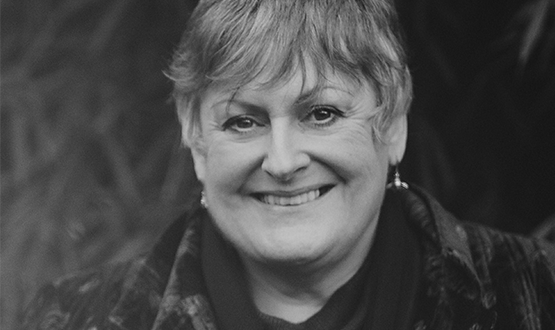What do we mean when we say: ‘putting patients at the centre’?

Former national nursing informatics leader Anne Cooper explores some of the unforeseen consequences of a digital-first approach to health and care and how to make sure digital isn’t leaving patients behind.
It’s difficult in 2021 to argue with a ‘Digital First’ strategy as a principle. We need to transact as much online as we can, to both reduce direct contact with people in times of COVID but also to raise efficiencies. There is, however, a consequence of this that we are not really talking about.
An estimated 9 million (16%) of people are unable to use the internet and their device themselves and we also know that people not able to access and use digital technology are more likely to be older, living with disabilities, living on low incomes and claiming benefits. 4% of households do not have access to the internet.
Evidence shows that these groups of people are also more likely to have poor physical and mental health and more likely to need health and care support and services.
What does this mean for those of us who live and breathe technology and digital services as part of our professional lives? Is it enough to accept that someone else will deal with this by providing parallel face to face services?
I’m not sure it is.
There are things we can do that can help – and I don’t mean dishing out smartphones to all those who don’t have one and throwing in free data. Making sure people who use services are alongside us when we design new technical approaches has to be the key. It’s called Inclusive Digital Design and increasingly should be a factor in our thought processes. It’s often easier to just get on and do digital design your way but being inclusive and holding patients at the heart is critical to making sure we don’t leave those people behind who need services the most.
Here is a top tip from Pete Nuckley, Deputy Director, mHabitat:
‘My number 1 tip is spend an hour thinking about who is excluded from your services. Then you have to make a choice. You chose to do something about them or you chose to exclude them.’
At ReWired there are opportunities to listen and hear about putting patients at the heart. Interoperability is a critical part of ensuring all patients have the right information at the point of care, wherever and whoever they are. We need to get these basics right. There is also a session on building public trust in the use of health and care data, another vital part of bringing people with us. Finally, there is a session on AI with Rachel Power the CEO of the Patients Association.
But my final comments this year on ReWired is to pay tribute to Michael Seres who died last year.
Many of you will know Michael’s story; he was a remarkable man and exceptional human being. He exemplified patients at the heart of design. It was during his rehabilitation from his bowel transplant operation that Michael was fitted with a temporary ostomy bag. He was frustrated – as many thousands of patients had been before him – at this low-tech solution that is prone to spillages and complications, and comes laden with emotional and practical challenges for patients.
Michael researched and developed his own solution, with parts sourced online. Sensors on the bag would warn him when it was full, and so would prevent it from overflowing. He then added further developments to allow for measuring outputs that would provide better data for his doctors. He was determined and focussed and the world is a lesser place without him in it.
For me Michael exemplified how to put patients at the heart, by being alongside with them, and I know he would have strongly agreed with Pete Nuckley’s words.
Are you going to always you ask yourself ‘are we excluding anyone?’ and if you are, what are you going to do about it?
Digital Health Rewired is free for everyone from NHS, public sector, independent providers, charities and education sectors, plus start-ups less than three-years old.



